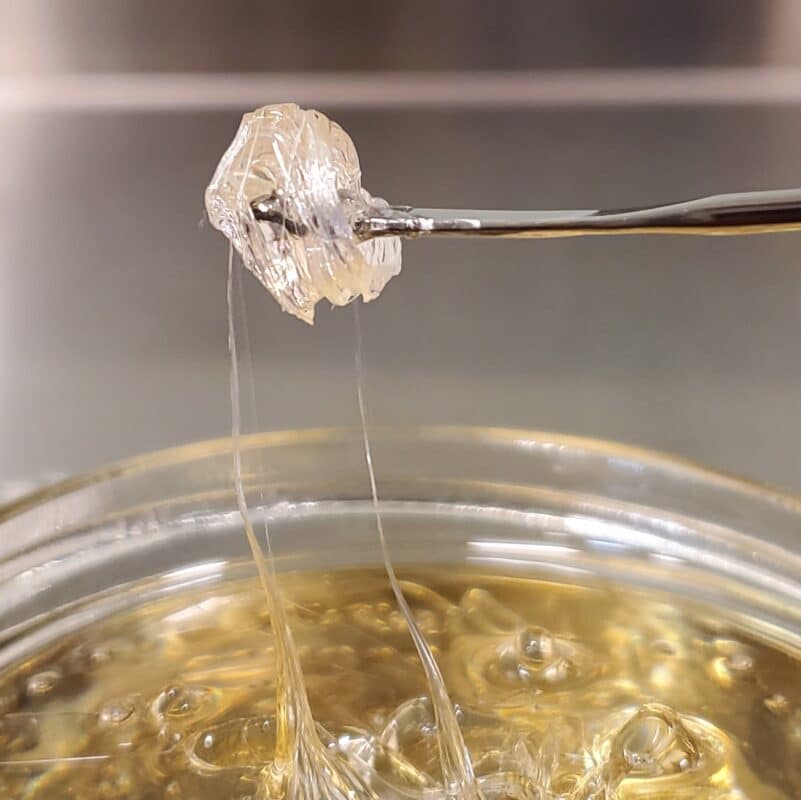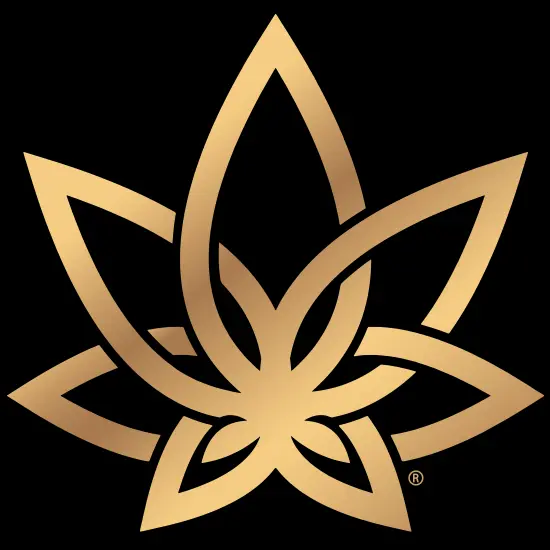Delta 8 THC
Five Lesser Known Facts About Delta 8 THC
Delta 8 has grown in popularity faster than anyone could have predicted. One result of this explosiveness is that knowledge of this new THC is still somewhat limited. While more people than ever are enjoying delta 8, so much about it is still unknown in the broader public understanding. There is a wide disparity between the proportion of the population using delta 8, and the proportion of the population that knows what it is and what it offers. With that in mind, this article aims to highlight a few of the lesser known facts about delta 8, and where it sits in the ever-growing world of cannabinoids.
Facts About Delta 8
Delta 8 has Existed for Decades
Contrary to popular belief, delta 8 has been around a long time. This analog of THC was actually first synthesized and isolated in the early 1970s — roughly a decade after delta-9 THC became the first identified cannabinoid. Once discovered, delta 8 was researched for use in medical fields, including an famous experiment published in “Life Sciences” in 1995, but it sat mostly untouched otherwise. The US government banned cannabis and most of the cannabinoids in the 1930s, and the federal regulation made it all-but-impossible to further study the compound.
The sudden resurgence of delta 8 is thanks to a change in that legal classification. In 2018, a piece of legislation called the Farm Bill removed delta 8 from the controlled substance act, and made it a federally legal version of THC. For the first time in nearly 100 years, there was a legal version of THC on the market. This meant citizens could buy and sell Delta 8 in all but 11 states. Even people in states that have banned cannabis can still legally purchase delta 8 products. Only then did companies begin making and selling delta 8 at the national level, which led to the revival of the industry and the meteoric rise we are seeing today.
Companies Synthesize Delta 8
Delta 8 is a 100 percent natural cannabinoid that exists in hemp and cannabis alongside CBD, delta-9, and the hundreds of other naturally occurring compounds that give these plants their incredible therapeutic profiles. What makes delta 8 somewhat unique is how little of it exists within each plant. Delta 8 is found only in extremely small quantities, which makes it difficult to affordably extract. Companies would be wasting enormous amounts of hemp if they tried to use only the naturally-occurring delta 8 THC.
Fortunately, an alternative exists. The Delta 8 molecule happens to closely resemble CBD structurally, and chemists can use a simple process to chemically convert one into the other. This allows companies to buy high-CBD hemp and spin the CBD out. They can then use those crystals to create high-purity delta 8. The two major advantages of this method are the affordability and the accuracy. This synthetization, when done correctly, leads to crystal-clear delta 8 in an extremely pure form. And since CBD is relatively cheap to produce, delta 8 can be sold at a comparably low price. Both of these are a major win for the consumer.
Companies Do Not Grow Delta 8 Flower
As mentioned above, delta 8 grows naturally in extremely small quantities — too small to even feel when using cannabis. This means there is no naturally occurring usable delta 8 flowers. However, companies have found a workaround by infusing low-THC cannabis with delta 8. The result is a product that smokes like delta 8, but smells and tastes like cannabis flower. These “Moon Rocks” are ideal for users who want the functional effects of delta-8, but still want to enjoy the smell and taste of cannabis flower. And early reports suggest it is an effective method of using delta 8. Just know that if you plan to buy D8 flower, the THC is added through a secondary process.
There are Still Sativa and Indica Strains
Delta 8 comes from cannabis, and shares many similarities with delta 9 THC. Delta 9 is the active compound that gives cannabis its famous effects. This means delta 8 shares many of the qualities of cannabis that users have come to expect. This includes the Sativa and Indica strains that define the profile of the THC. Indica strains are widely known for their relaxing and drowsy vibes. Meanwhile Sativa strains are famous for its bursts of energy and uplifting feelings. Delta 8 strains mirror this breakdown, and the sensations are similar in how they influence the body. Because delta 8 is naturally less intoxicating and more energizing, it is widely reported that the Sativa strains are more effective than any cannabis version, while Indica strains are similar but more mellow.
Delta 8 Does Have Some Psychoactive Properties
The most common point of confusion surrounding delta 8 is the extent of its effects. Research seems to show that delta 8 is roughly half as potent as delta 9, meaning you’ll still feel many of the uplifting sensations that THC can generate, but in moderation. Delta 8 binds with receptors in your body differently than delta 9, resulting in a more alert and uplifting experience. This experience can offers the relief of delta 9 without the disorienting fogginess. Delta 8 is lighter and more functional, but trades off some of its psychoactivity for that privilege. This makes delta 8 ideal for users who want a more functional buzz, but this same profile may be less appealing anyone hoping to sink into the couch and stay there for the evening.
Did these facts about delta 8 change your understanding? Which ones surprised you? Let us know in the comments! And click here to explore more delta 8 articles.

